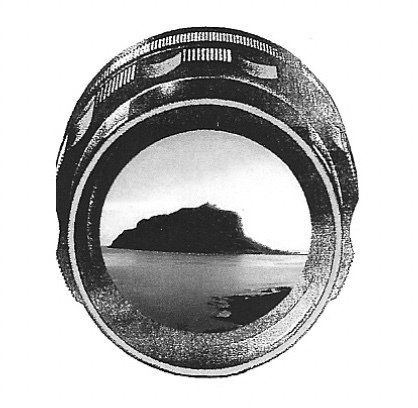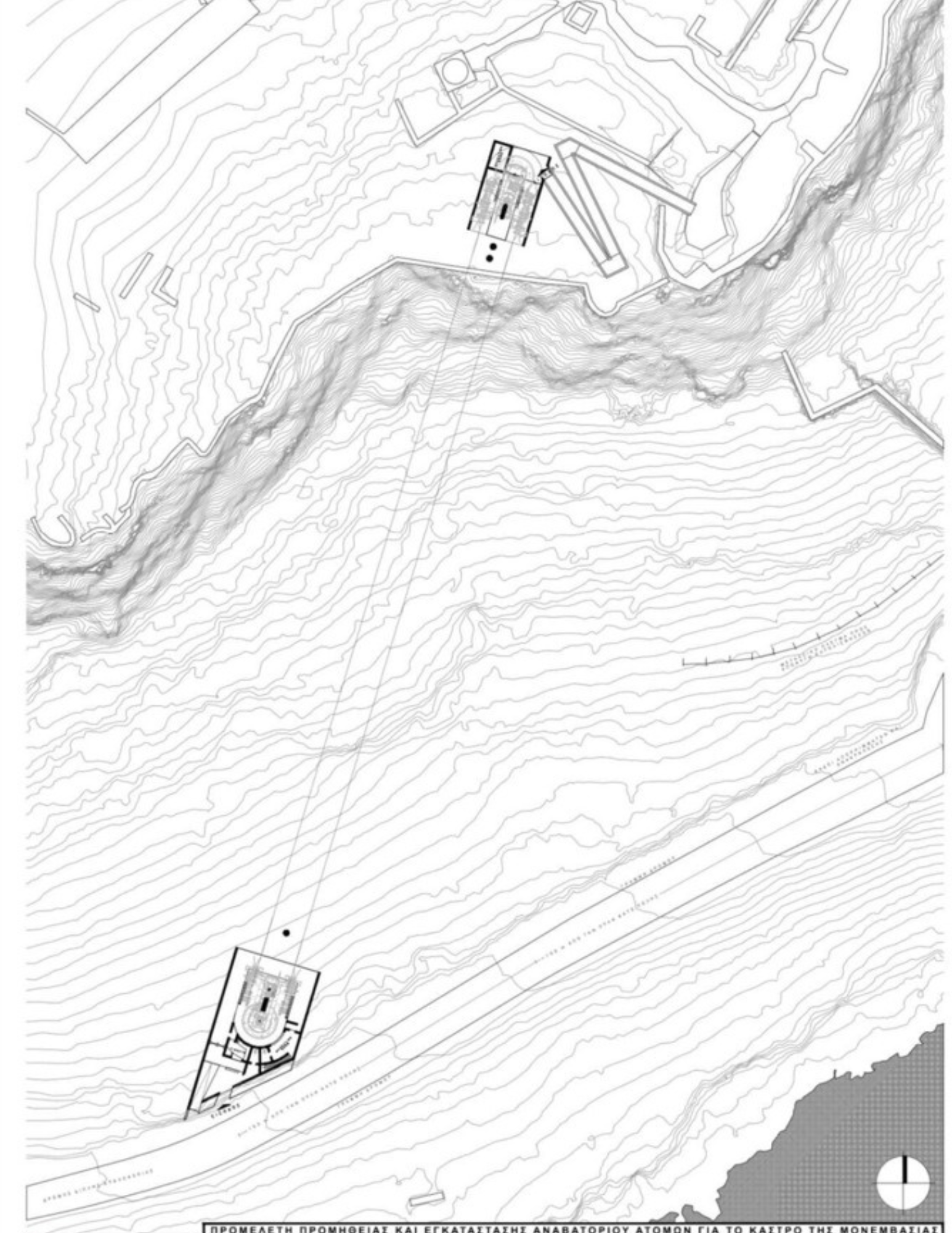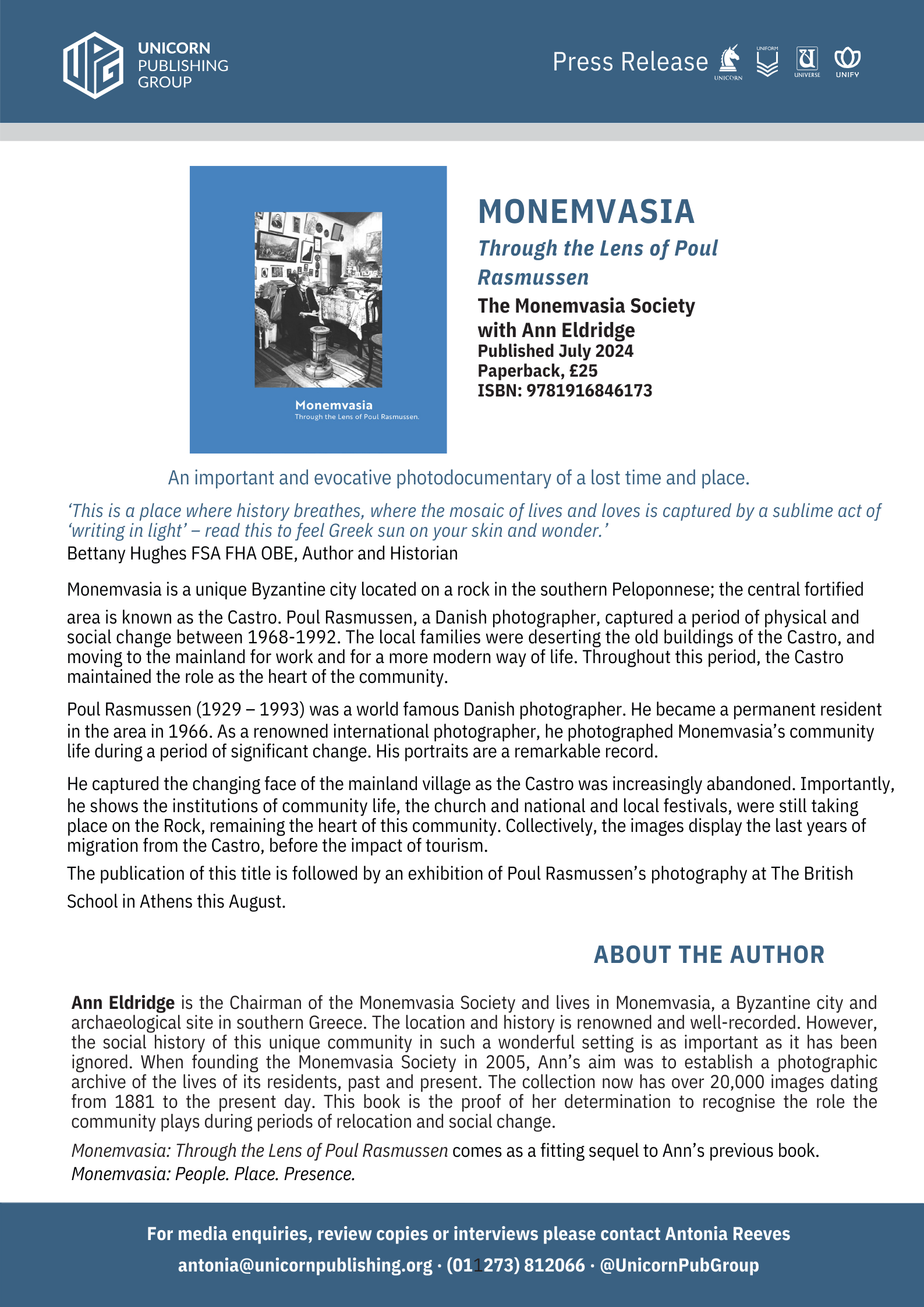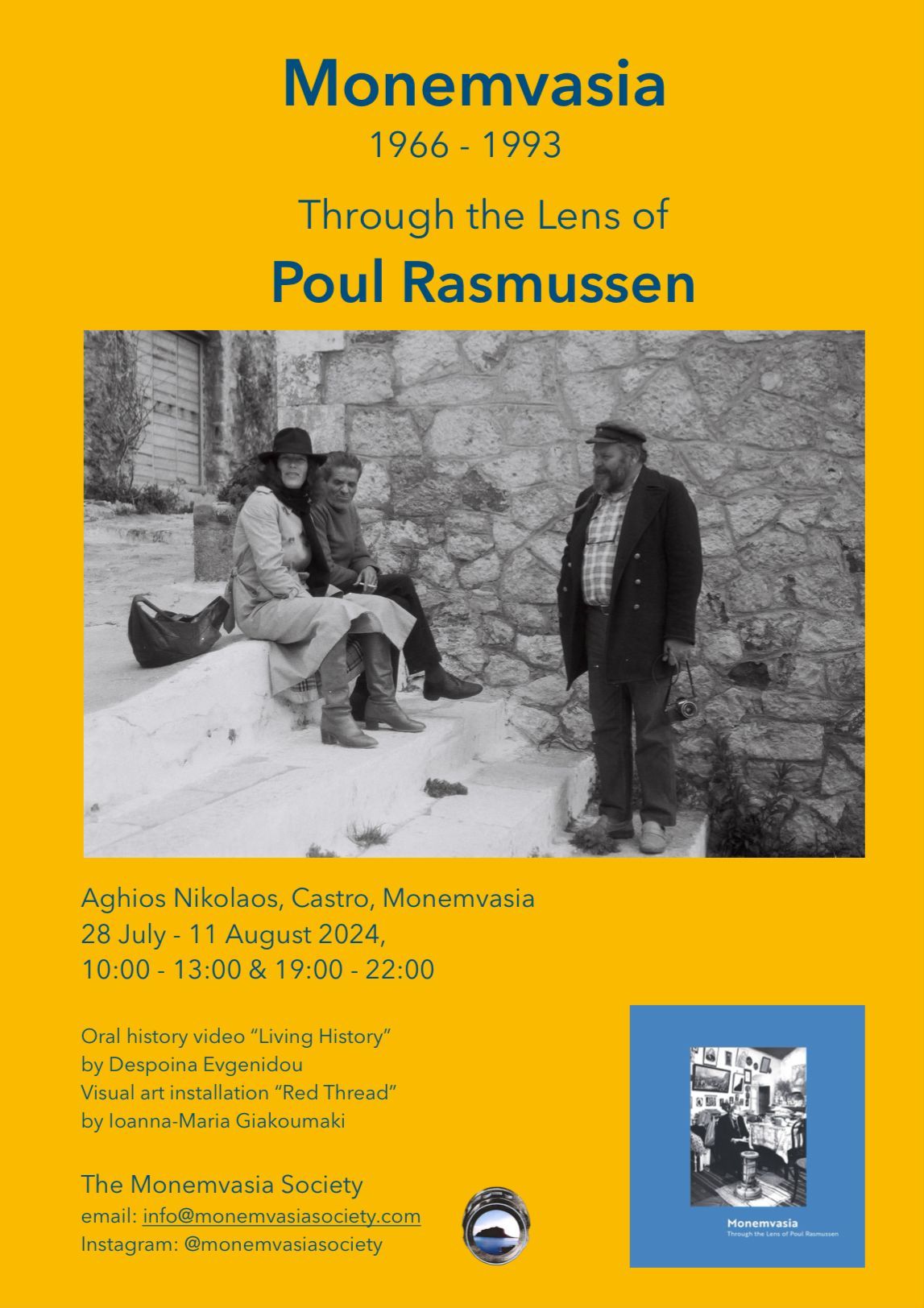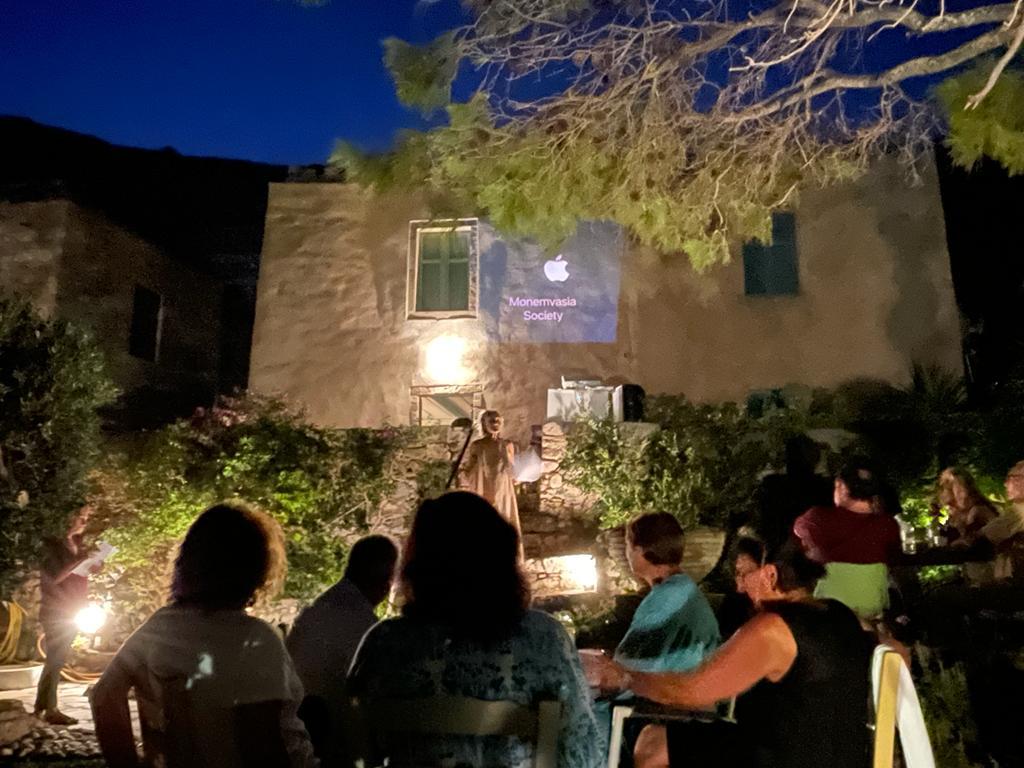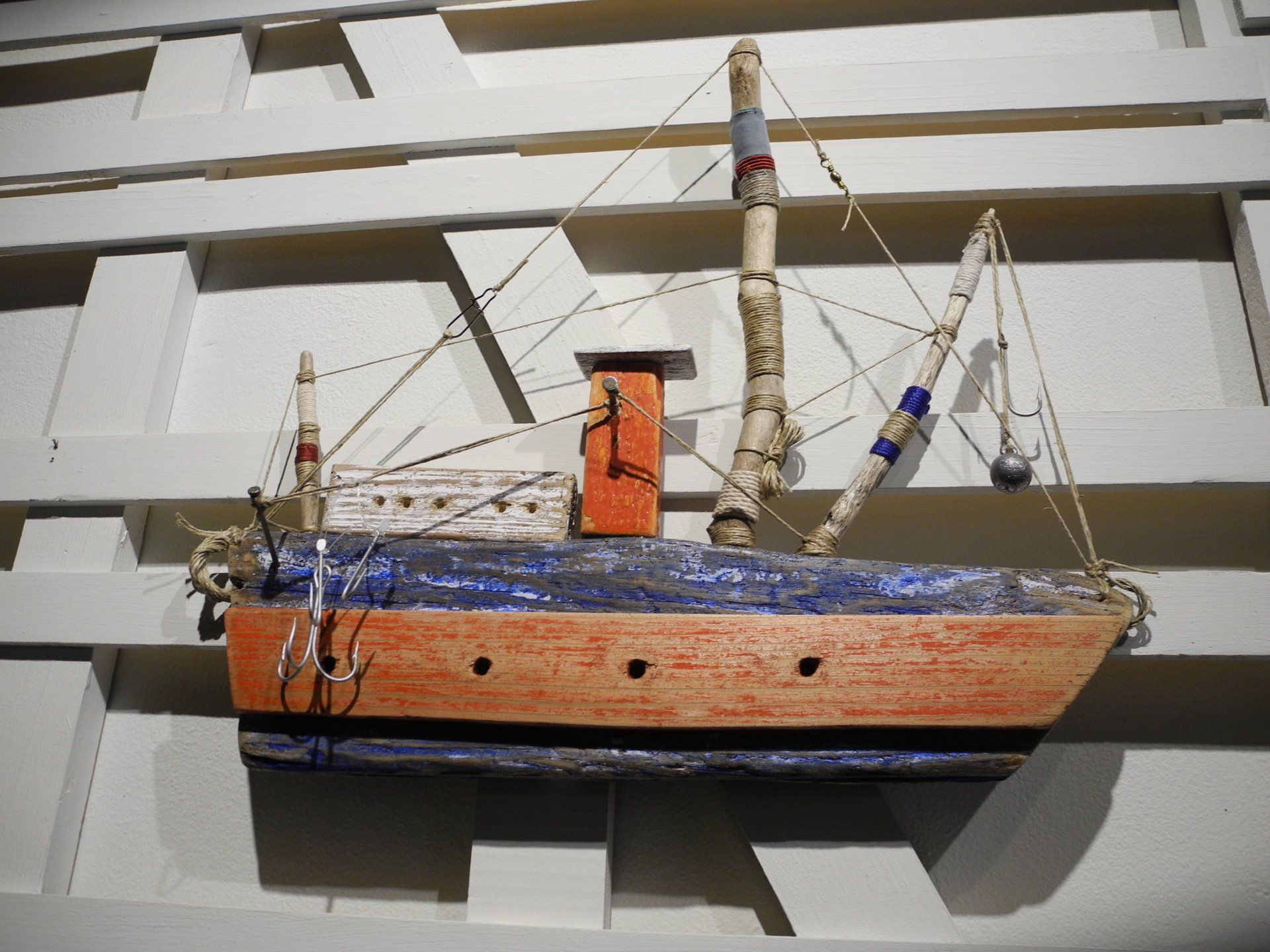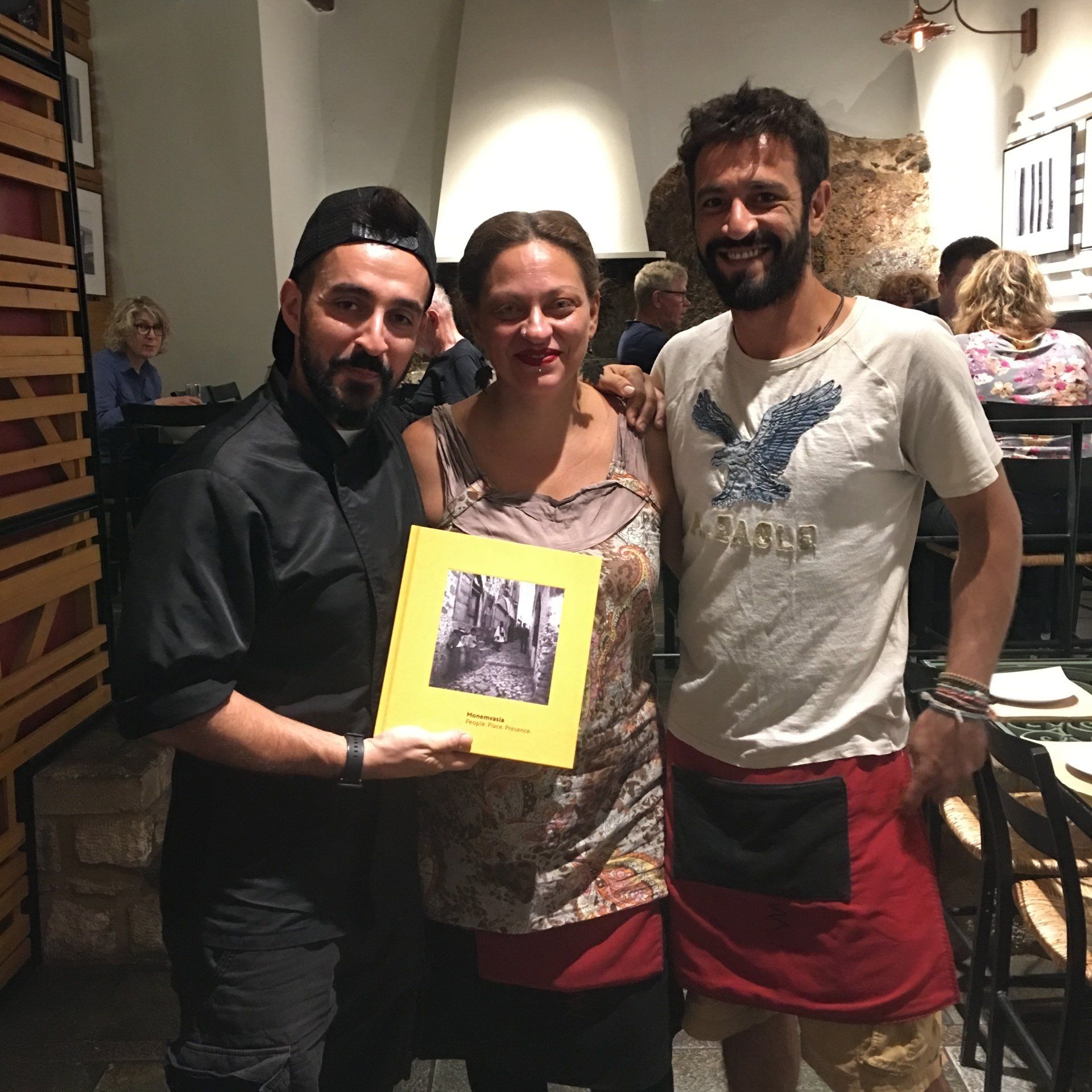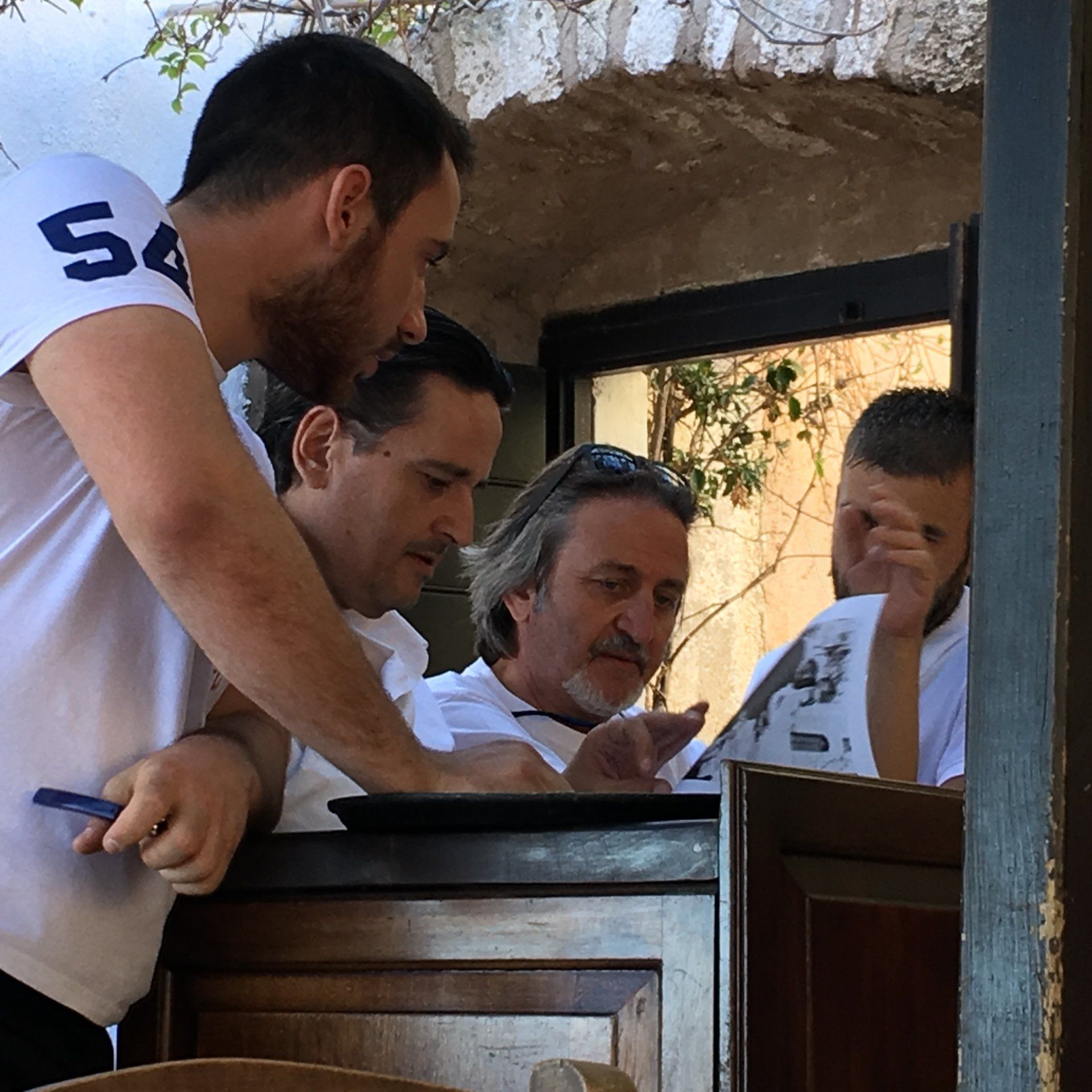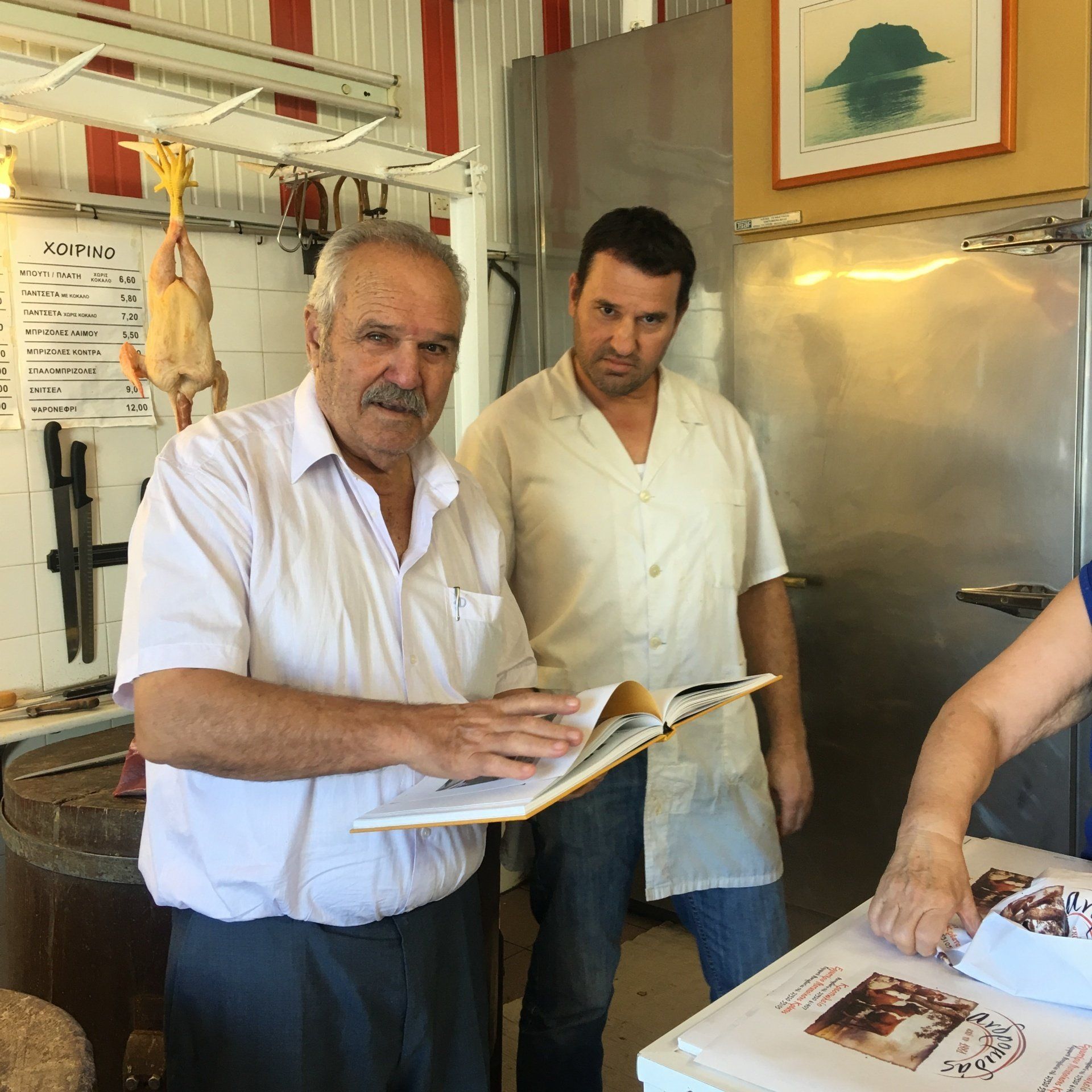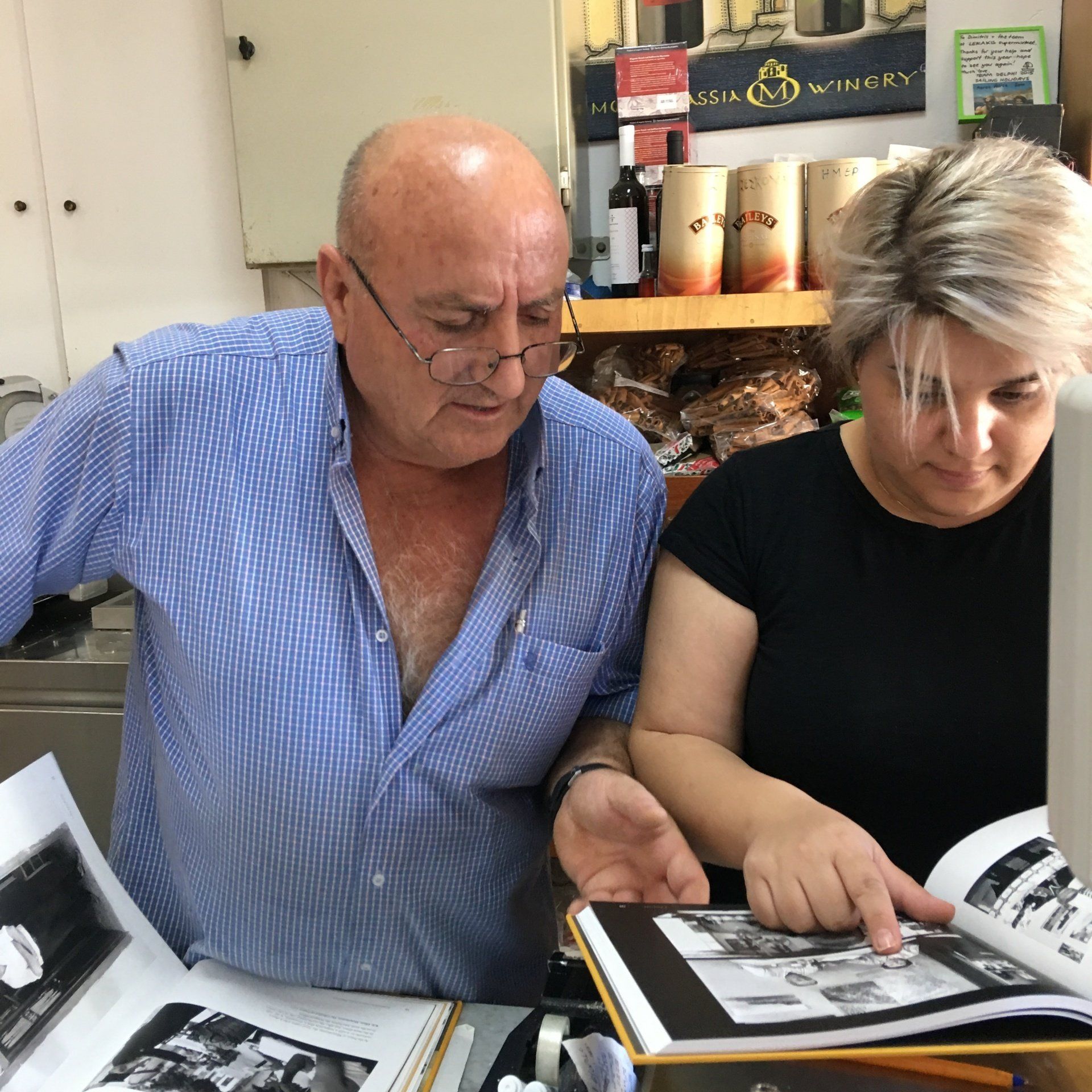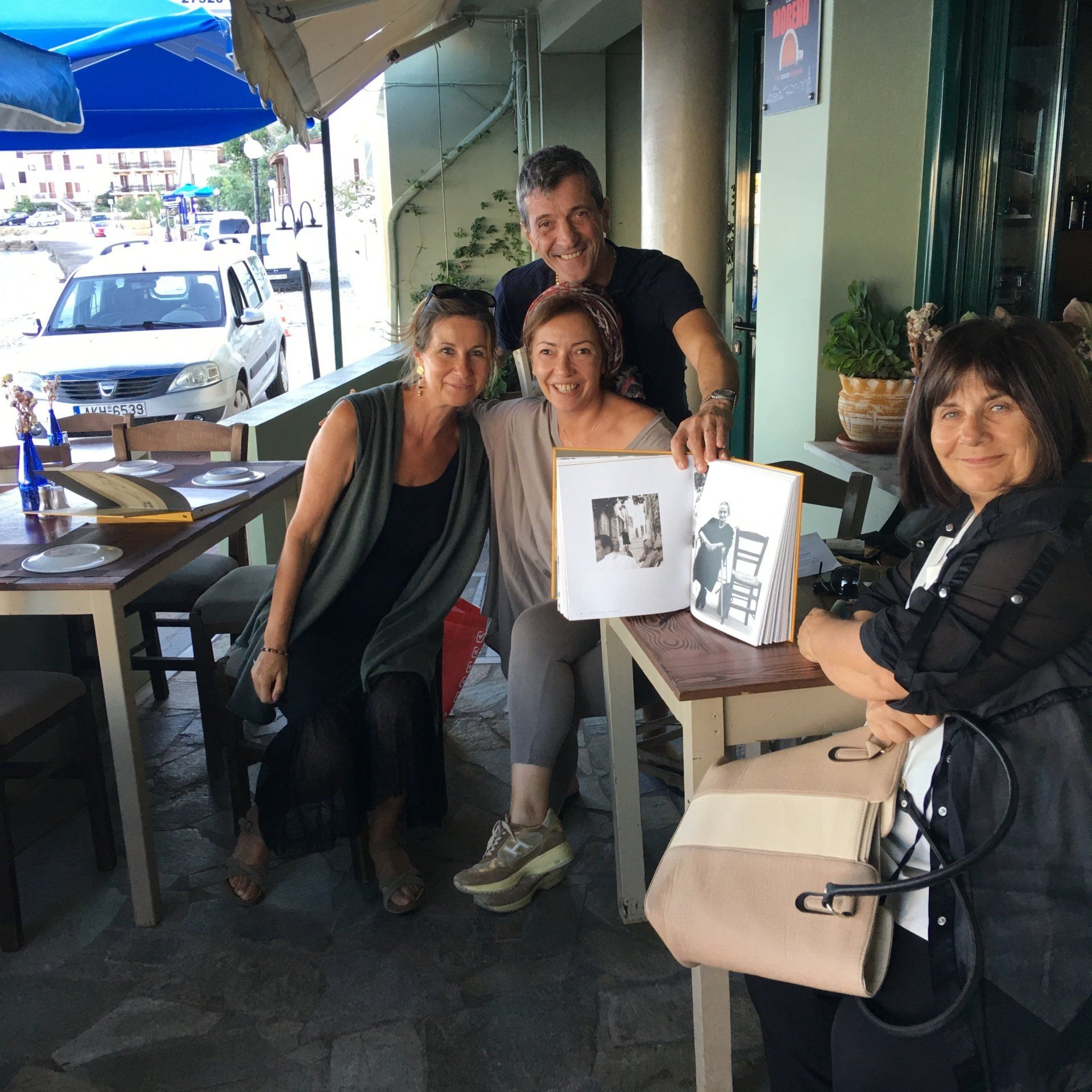News Feed
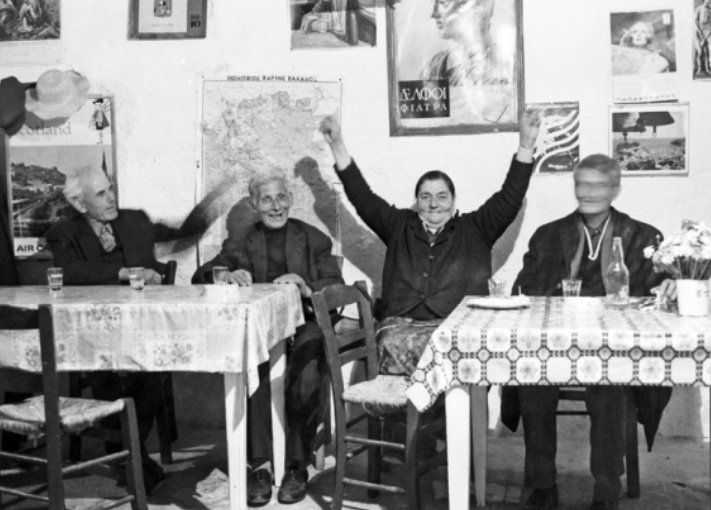
To donate, please click here . Following the successful publication of our book Monemvasia. People. Place Presence in 2019, the Monemvasia Society has realised that part of our role, indeed responsibility, is to record the personal stories of the residents of Monemvasia. This is closely linked to our photographic collection and will truly contribute to the record of the social history of Monemvasia over the recent past. The Society has been extraordinarily lucky to have had the voluntary assistance of Effie Anagnopoulou, an archaeologist and archivist. She has created a professional archive together with collecting further photographic material from the local people. However, we will now require funding for in order to undertake the new project over the next few months. It is apparent that the local people of the area welcome the opportunity to share their life stories with us, and record them for posterity. We have therefore decided to create an oral history collection. We have become formal members of The Oral History Society based at Royal Holloway, University of London and taken advice to ensure that the collection is professionally collected and preserved. The plan is to start creating the archive over this summer while there is strong local interest and we have a professional to undertake the project for three months. We need 4,000 euros for equipment, software and the professional management of the recordings. The funding request is going out on GoFundMe, a new and hopefully effective way of raising money in the short term. An application for the long-term funding to ensure the future of the entire archive, of which this oral collection will form part, is in hand but not anticipated until early 2022. Time must not be lost and we want to concentrate on recording the memories of the residents - particularly the older people of the Monemvasia area - over the coming summer. Effie will undertake the organisation of the project with the assistance of members of the Monemvasia Society. I hope you will agree it is exciting and valuable work and feel able to support us. Our donors will receive regular highlights from our work, visual and oral, as a thank you.
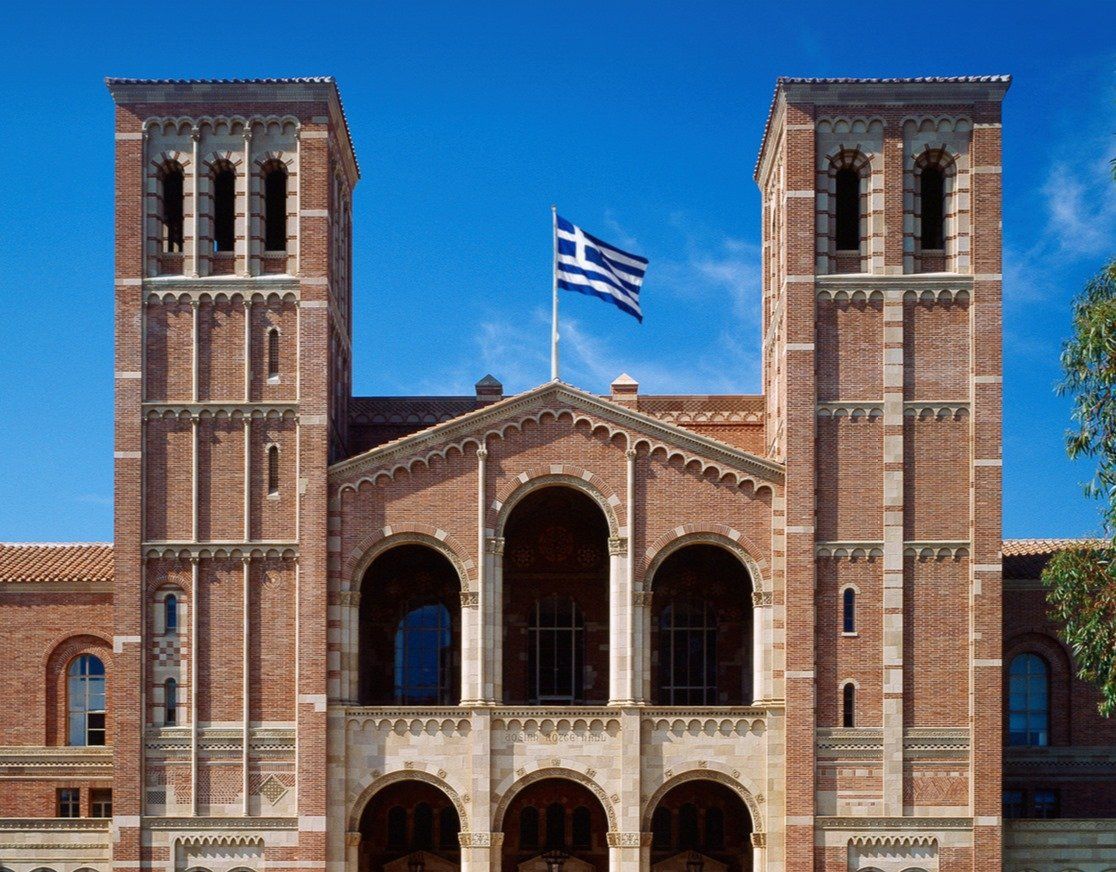
It is the inaugural book in their new Library. What an incredible honour. This was announced during a joint video conference series organised by the Benaki Museum in Athens and UCLA. Το βιβλίο του Φωτογραφικού Αρχείου Μονεμβασίας 'Monemvasia. People. Place. Presence', από τον εκδοτικό οίκο Unicorn Press, αποκτήθηκε από το Κέντρο Μελέτης του Ελληνικού Πολιτισμού Ίδρυμα Σταύρος Νιάρχος στο πανεπιστήμιο UCLA της Καλιφόρνια. Είναι το βιβλίο που εγκαινιάζει την νέα τους βιβλιοθήκη. Η τιμή για εμάς είναι μεγάλη. Η απόκτηση του βιβλίου μας ανακοινώθηκε σε μια κοινή τηλεδιάσκεψη που οργανώθηκε από το Μουσείο Μπενάκη και το πανεπιστήμιο UCLA.
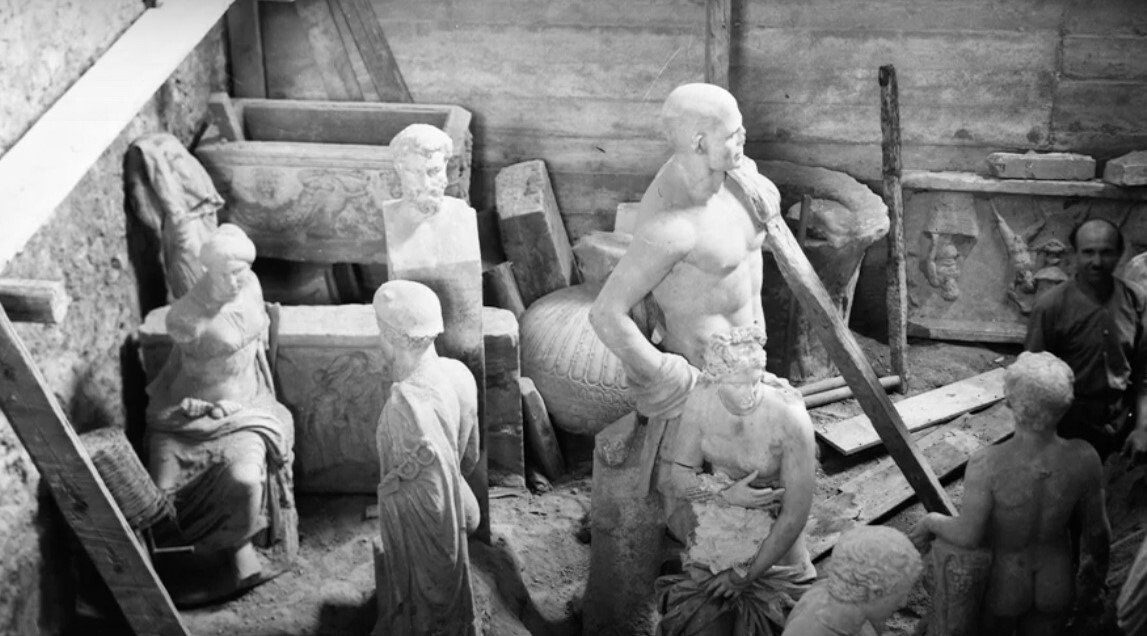
On the occasion of the national anniversary of the 28th of October, the National Archaeological Museum published archive pictures from the chronicle of the concealment of antiquities in 1940. Extract from ‘The Rescue of the Statues’ Dr Maria Lagogianni-Georgakarakos. Director of the National Archaeological Museum writes: ‘On the 11th of November 1940 the Directorate of Archaeology of the Ministry of Education had issued general technical instructions for the protection of the museums from air raids in the shadow of war. Throughout the occupation the employees of the first museum of the country were assigned the task of safeguarding the archaeological treasures against destruction and looting. ‘I mean primarily the dissolution of the museums and the burial of antiquities in the soil, in crypts, in treasuries, in caves.’ - Vasileios Petrakos. But on Tuesday, 4th of June 1946, Seferis writes: ‘Noon in the Archaeological Museum. They now unbury – some in crates and some placed totally nude in the soil – the statues…’ ‘It was a resurrection dance of rising figures… that filled you with mad joy.’ - George Seferis. Days. Το Φωτογραφικό Αρχείο Μονεμβασίας αποτίνει φόρο τιμής στη σημασία της διάσωσης των Ελληνικών αρχαιοτήτων κατά τη διάρκεια του Δεύτερου Παγκοσμίου Πολέμου. Με αφορμή την εθνική επέτειο της 28ης Οκτωβρίου το Εθνικό Αρχαιολογικό Μουσείο δημοσίευσε φωτογραφίες αρχείου από το χρονικό της απόκρυψης των αρχαιοτήτων το 1940. Απόσπασμα από τη ‘Διάσωση των Αγαλμάτων’. Η Δρ Μαρία Λαγογιάννη-Γεωργαράκου, διευθύντρια του Εθνικού Αρχαιολογικού Μουσείου, γράφει: ‘Στις 11 Νοεμβρίου του 1940 η Διεύθυνση Αρχαιολογίας του Υπουργείου Παιδείας είχε εκδώσει γενικές τεχνικές οδηγίες για την προστασία των μουσείων από τους εναέριους κινδύνους στην σκιά του πολέμου. Σε όλη τη διάρκεια της κατοχής οι υπάλληλοι του πρώτου μουσείου της χώρας κλήθηκαν να διαφυλάξουν τους αρχαιολογικούς θησαυρούς από την καταστροφή και την λεηλασία.’ ‘Εννοώ κυρίως τη διάλυση των μουσείων και την ταφή των αρχαίων στη γη, σε κρύπτες, σε θησαυροφυλάκια, σε σπηλιές.’ Βασίλειος Πετράκος Αλλά την Τρίτη, 4 Ιουνίου 1946, ο Σεφέρης γράφει: ‘Το μεσημέρι στο Αρχαιολογικό Μουσείο. Τώρα ξεθάβουν – άλλα σε κάσες κι άλλα γυμνά κατάσαρκα μέσα στο χώμα – τα αγάλματα...’ ‘Ήταν ένας αναστάσιμος χορός αναδυομένων… που σου έδινε μια παλαβή χαρά.’ - Γεώργιος Σεφέρης. Μέρες.
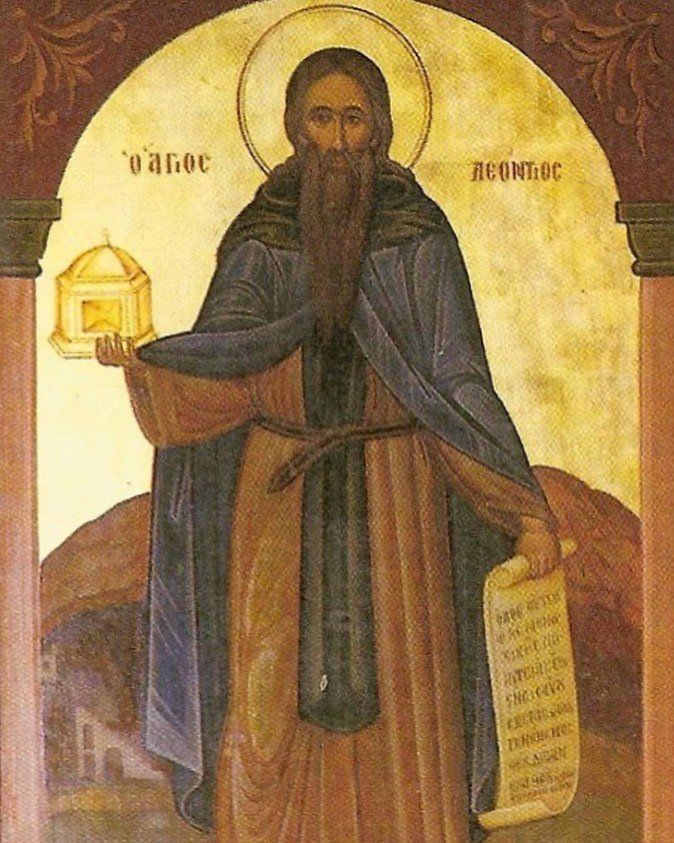
His mother, Theodora, was a daughter of the emperor Andronikos II Palaiologos, and his father, Andrew, was the governor of the Peloponnese. At a young age he was sent to Constantinople to study Philosophy and Science. He returned to Monemvasia on the death of his father. He entered the monastic life in 1410 and spent some time in Mount Athos. It was revealed to him that he should go to a cave at the base of a rock called Klokon or the ‘Old Monastery’ in Aigialeia, Peloponesse. He built a small church and lived as an ascetic. With the support of the Palaiologos family he established the monastery of the Archangels Michael and Gabriel, known as Taxiarchon, with many holy relics. St Leontios, who died on 11th December 1452, is buried within the cave. In Monemvasia, a church that bears Saint Leontios’s name was built in the new town of Gefyra. Ο Όσιος Λεόντιος γεννήθηκε στη Μονεμβασιά το 1377, μέλος αριστοκρατικής οικογένειας, που καταγόταν από την αυτοκρατορική οικογένεια των Παλαιολόγων. Η μητέρα του, Θεοδώρα, ήταν κόρη του αυτοκράτορα Ανδρόνικου Β’ Παλαιολόγου, και ο πατέρας του, Ανδρέας, ήταν κυβερνήτης της Πελοποννήσου. Σε νεαρή ηλικία τον έστειλαν στην Κωνσταντινούπολη για να σπουδάσει Φιλοσοφία και Επιστήμες. Επέστρεψε στη Μονεμβασιά μετά το θάνατο του πατέρα του. Ξεκίνησε τη μοναστική ζωή το 1410 και πέρασε ένα διάστημα στο Άγιο Όρος. Κατόπιν του αποκαλύφθηκε ότι έπρεπε να πάει σε μια σπηλιά στην σκιά ενός βράχου που ονομαζόταν Κλωκός ή Παλαιομονάστηρο στην Αιγιάλεια. Έχτισε μια μικρή εκκλησία και έζησε σαν ασκητής. Με την υποστήριξη των Παλαιολόγων, ίδρυσε το μοναστήρι των Αρχαγγέλων Μιχαήλ και Γαβριήλ, ή Ταξιαρχών, όπου φυλάσσονται πολλά ιερά κειμήλια. Ο Άγιος Λεόντιος απεβίωσε στις 11 Δεκεμβρίου 1452 και τάφηκε στην σπηλιά. Στη Μονεμβασιά η εκκλησία που φέρει το όνομα του Οσίου Λεοντίου κτίστηκε στον νέο οικισμό της γέφυρας.
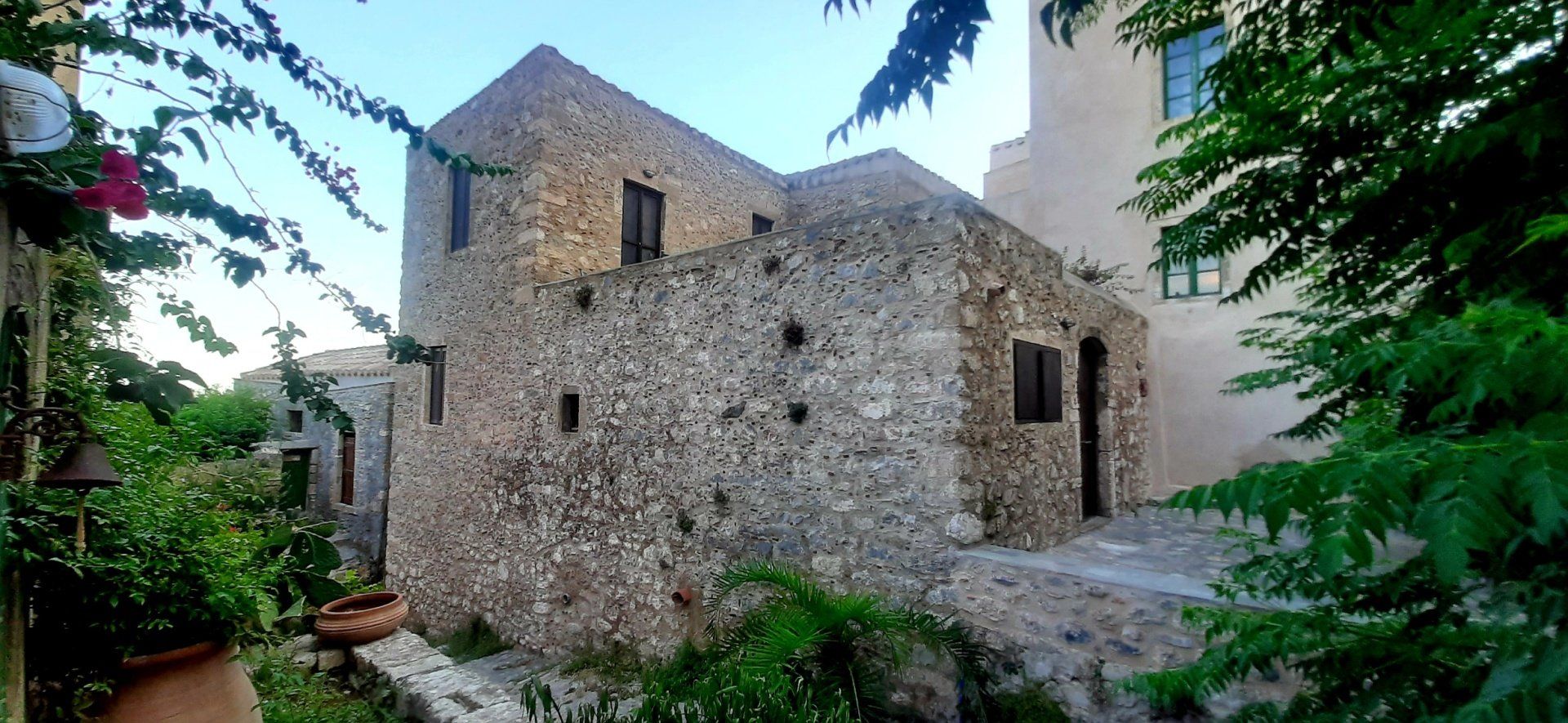
The hotel had no name. We are told, by one of the men in the original photograph, that they were laying a cement floor the day the above photograph was taken in 1966. From left to right: Vasilis Armenis, Vangelis Kazalas, who had the nickname Mougkos (meaning mute, as it is believed he didn't speak), Giannis Kazalas, and the boys Dimitris Kratimenos and Giorgos Kazalas, who has provided us with this history. The dog belonged to Vangelis Kazalas and was called Poseidon. Poseidon was always with the men at work. The top photograph was taken recently on 14 July 2020 by Pantelis Georgas, one of our society members. The old hotel is in a wonderful position on the path down to the Lower Square. It is now a private house. Σύγχρονη λήψη του αρχικού ξενοδοχείου προηγούμενης ανάρτησης. Ο ξενώνας δεν είχε όνομα. Σύμφωνα με μαρτυρία ενός από τους εικονιζόμενους στην φωτογραφία, έστρωναν ένα τσιμεντένιο πάτωμα την μέρα που τραβήχτηκε η φωτογραφία το 1966. . Από αριστερά προς τα δεξιά: Βασίλης Αρμένης, Βαγγέλης Καζάλας, ο οποίος είχε το προσωνύμιο Μουγκός, καθώς δεν μιλούσε, Γιάννης Καζάλας, και τα αγόρια Δημήτρης Κρατημένος και Γιώργος Καζάλας, που μας διηγήθηκε την ιστορία της φωτογραφίας. . Ο σκύλος, που ανήκε στον Βαγγέλη Καζάλα, λεγόταν Ποσειδώνας και ακολουθούσε πάντα τους άνδρες στη δουλειά. Η πρόσφατη φωτογραφία τραβήχτηκε στις 14 Ιουλίου 2020 από τον Παντελή Γεώργα, μέλος του Monemvasia Photographic Society. Ο παλιός ξενώνας βρίσκεται σε θαυμάσια θέση στο δρόμο που οδηγεί στην πλατεία της Χρυσαφίτισσας. Σήμερα είναι ιδιωτική κατοικία.
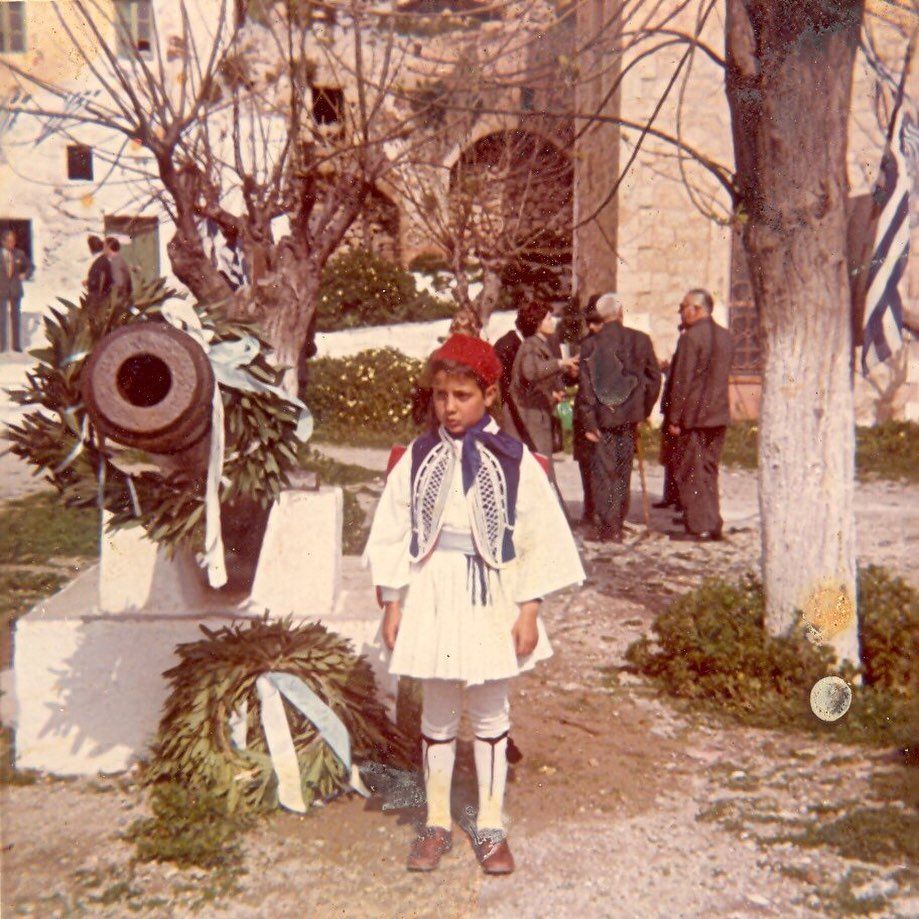
Greece is the only country that, instead of celebrating the end of war, commemorates the moment when the Greek Prime Minister, Ioannis Metaxas, responded with a simple ‘NO’ (ohi in Greek) to Benito Mussolini’s ultimatum on the 28th of October 1940, that demanded the Axis powers to be allowed into Greek soil and occupy strategic positions. The heroic ‘no’ signified the beginning of Greek resistance to the Axis, causing international sensation and admiration towards the Greek people. In the words of Dilys Powell (Remember Greece, 1941) ‘It was the difficult, honourable way they chose; ...they earned, if ever a people earned it, the right to be counted in the line of descent from the greatness of the ancient world. The bearing of these people in the unequal war with Germany and Italy was not due to a sudden and isolated burst of bravery; it was the result of something innate in them, it was a symbol of the essential continuity of Greek history.’ Since the end of the war, OHI Day (also spelled OXI day) is celebrated with student and military parades in Greece, Cyprus and by Greek communities abroad. Η ‘Ημέρα της Νίκης’ γιορτάζεται σε πολλές Ευρωπαϊκές χώρες σε ανάμνηση της άνευ όρων παράδοσης των γερμανικών δυνάμεων που σήμανε το τέλος του Β’ Παγκοσμίου Πολέμου. Η Ελλάδα είναι η μοναδική χώρα που εορτάζει όχι το τέλος του πολέμου, αλλά την στιγμή που ο Έλληνας πρωθυπουργός Ιωάννης Μεταξάς απάντησε με ένα ‘όχι’ το τελεσίγραφο του Ιταλού Μπενίτο Μουσολίνι στις 28 Οκτωβρίου 1940, που απαιτούσε να επιτρέψει στις δυνάμεις του Άξονα να εισβάλλουν στο ελληνικό έδαφος και να καταλάβουν στρατηγικές θέσεις. Το ηρωικό ‘όχι’ σήμανε το ξεκίνημα της ελληνικής αντίστασης στον Άξονα, που προκάλεσε αίσθηση διεθνώς και θαυμασμό προς τους Έλληνες. Όπως γράφει η Dilys Powell (Remember Greece, 1941) ‘ Ήταν ο δύσκολος, ο έντιμος δρόμος που διάλεξαν... Κέρδισαν, αν ποτέ κάποιος λαός κατάφερε να το κερδίσει, το δικαίωμα να θεωρούνται απόγονοι του μεγαλείου του αρχαίου κόσμου. Η στάση αυτών των ανθρώπων στον άνισο πόλεμο με την Γερμανία και την Ιταλία δεν ήταν εξαιτίας μιας ξαφνικής και μεμονωμένης έκρηξης γενναιότητας. Ήταν το αποτέλεσμα κάτι έμφυτου μέσα τους, ήταν σύμβολο της απαραίτητης συνέχειας της Ελληνικής ιστορίας.’ Από το τέλος του πολέμου η ‘μέρα του Όχι’ γιορτάζεται κάθε χρόνο με μαθητικές και στρατιωτικές παρελάσεις στην Ελλάδα, την Κύπρο και από τις ελληνικές κοινότητες του εξωτερικού.
